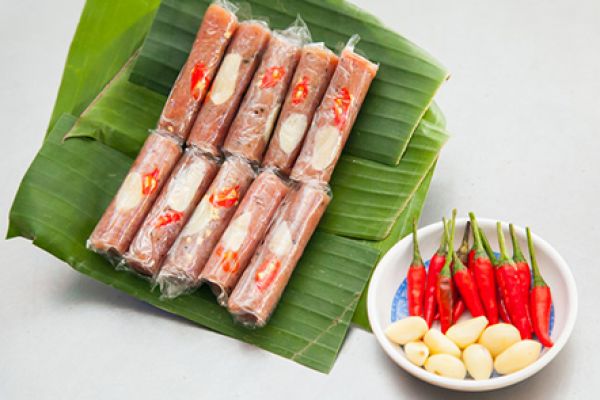
Mam tep, shrimp paste, and nem chua, fermented pork, may sound quite intimidating dishes, but don’t let the pungent smell prevent you from trying these interesting specialties of Ninh Binh Province.
Arriving in the village of Yen Mac, one is intrigued by a string of houses selling this dish.
Fermented pork
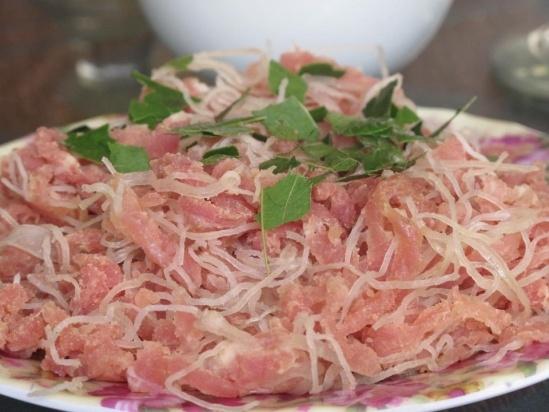
Nem chua, fermented pork wrapped in banana leaf, looks very much like a greenish sausage. Opening the banana leaf emits a pleasing aroma of fermented pork blended with guava, generating homesickness among those raised in Ninh Binh.
Removing the greenish cover reveals the pinkish colour of pork with some shredded white skin.
The pork tastes a bit sour due to the fermentation process. It is served with dipping shrimp/ fish sauce, spiced with garlic and chilli.
Three other localities take pride in their fermented pork – the ancient city of Hue, Thanh Hoa and Phung (former Ha Tay Province). Each has a unique taste. Unlike the fermented pork of the central province of Thanh Hoa and Hue City, which is made of ground pork, Yen Mac fermented pork is made of sliced pork.
To make fermented pork, locals in Yen Mac take out the fat and slice the lean pork. The slices are then soaked with thinh (ground roasted rice) and wrapped in a cloth, which is squeezed remove any water left.
Sliced pork soaked with thinh and shredded pork skin are then seasoned with salt.
The amount of thinh and salt will decide the quality of the final product. If it is overseasoned, nem chua will be too sour, while lack of seasoning will prevent fermentation.
In summer, it takes one day to get pork fermented while in winter, it takes up to four days. Yen Mac fermented pork is dipped in fish/shrimp sauce and eaten with some leaves like fig leaves, mo (stinkvine) and dinh lang (polyscias fruticosa) leaves.
Locals in Yen Mac have a story about how the dish was born. It is said that in the Nguyen dynasty, a resident of Yen Mo Thuong Village named Pham Than Duat worked in the royal court. He had a daughter with a passion for cooking. Pham Thi Thu, seeing that drinking wine and eating Hue’s fermented pork was one of her father’s favourites, learned how to make this dish from the skillful chefs of the royal court.
When holding a party, this home-made fermented pork was a must for the father’s colleagues who were officials serving in the royal court. The dishes made by Thu were said to be even better than those served in the royal court.
When Thu came back her hometown in Ninh Binh, she passed down the know-how to Pham Xuy, a great grandson of Duat. Xuy then opened a fermented pork eatery near Cau But Market and gradually his reputation spread to other provinces. Officials would always order Xuy’s fermented pork for their parties. Tourists passing by would also drop in to buy it and take back home as a gift.
There is an old saying that goes like this:
Yen Mac dac san nem chua/ Tiec tung dinh dam thuong mua ve dung
“Fermented pork – Yen Mac’s specialty/ Small or big parties often had it.”
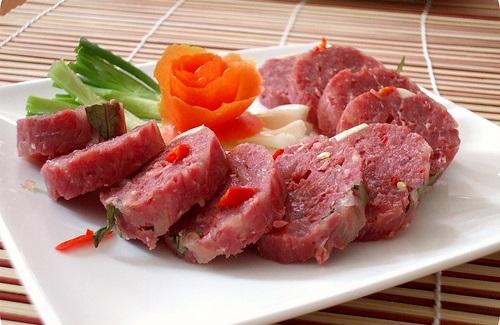
Shrimp paste
About 40 kilometres from Yen Mac Village is Gia Vien District, an area surrounded by the three rivers – Boi, Day and Hoang Long, a land famous for its limestone caves and swamps. Thanks to its river network, Gia Vien residents have abundant tiny shrimp with which to make mam tep,
Shrimp paste here is commonly used as a type of dipping sauce or added to stirfried pork. Those who do not want to use shrimp paste for dipping, can stir shrimp paste with boiling oil, and add dry onion slices, garlic and ginger.
Gia Vien shrimp paste is made pretty much the same way as traditional shrimp sauce, yet the ingredients are quite different - locals in Gia Vien make the paste from tiny shrimp.
The process is quite simple – thinh, salt and water are added to shrimp, the mixture is then put into a terracotta pot within a month. The longer it is preserved, the higher quality the shrimp paste is.
Hoang Minh Trang, a local resident, describes the process: “Making shrimp paste is not difficult but it requires care in every step and exact amounts of ingredients [thinh and salt]. To make shrimp paste, we [Trang and her husband] had to wake up at as early as 1am to catch fresh tiny shrimp, which should be cleaned within two to three hours. Otherwise, the shrimp dies and that batch of shrimp paste would not meet our standard quality,” she said.
“I still remember our parents going to the river to pick up tep (tiny shrimp) and either sell them at market or to the families that make shrimp paste, or bring back home to make shrimp paste for family use,” said Dinh Thi Thanh,
The tiny shrimp is in season in November and December, when the river water turns a bit unclear and muddy, said Thanh.
These days one can catch three to five kilograms of shrimp, but the job is never easy as it requires shrimp catchers to stand five to eight hours in water, said Thanh.
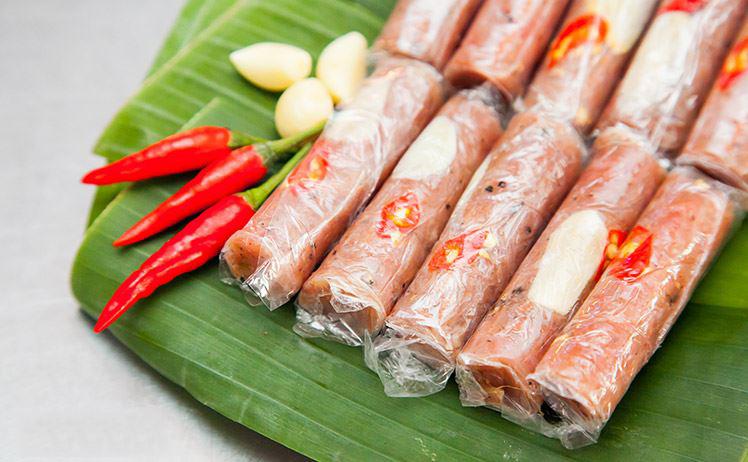
Ground rice
In roasting rice to make thinh, one also needs to be patient, stiring the grains over a low heat. If overcooked, the ground thinh will taste bitter and be useless.
“When I was small, I was so familiar with shrimp paste making procedures. But it was not easy for me the first times. It either smelled bad or was too salty. It took time to perfect the dish,” said Tran Thi Trang of Me town in Ninh Binh. Her family now makes about 700 litres of shrimp paste every month.
“Every step is important and requires meticulousness. To me, roasting thinh for shrimp paste needs the most attention. We made thinh from sticky rice that we grew ourselves. A good batch of roasted rice must be brown in colour and have an aromatic scent,” said Trang.
Shrimp paste is a popular and convenient dish because it can be kept for long periods of time and doesn’t need any preservatives. The longer it sits, the better the paste, said Thanh.
Besides fermented pork and shrimp paste, tilapia broth is also a popular dish of locals, especially in Tong Truong Yen (Trang An now), as this fish is found in the caves of Tong Truong Yen. Different from fish growing in other regions, tilapia here ate moss and grass and its flesh is firm and aromatic.
VNS
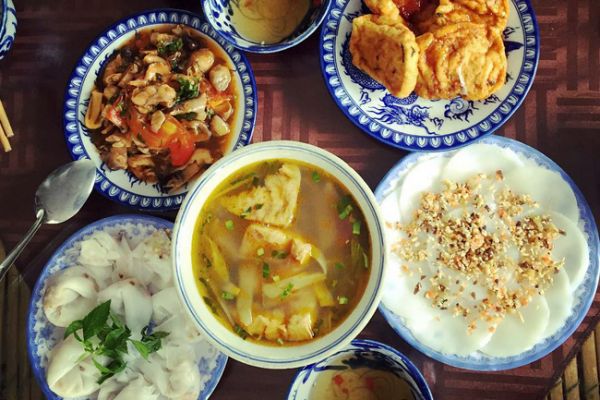
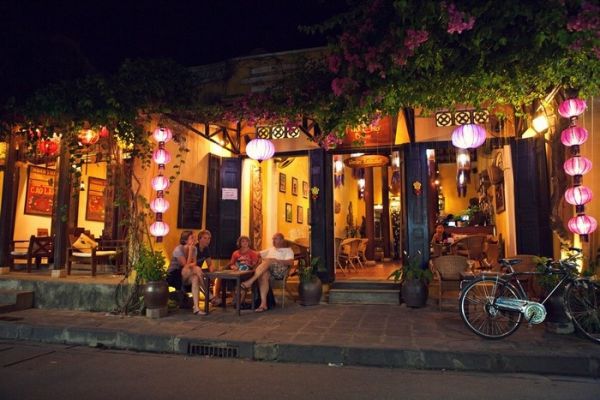
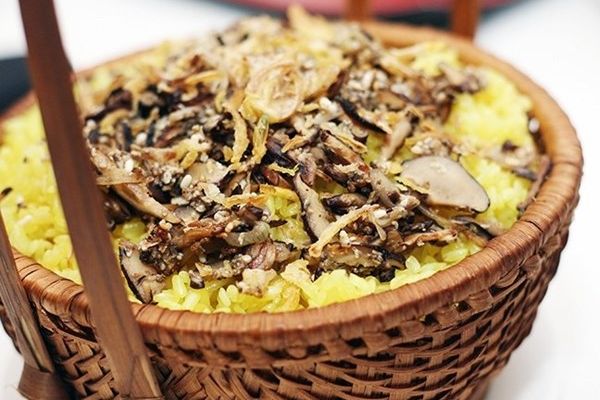
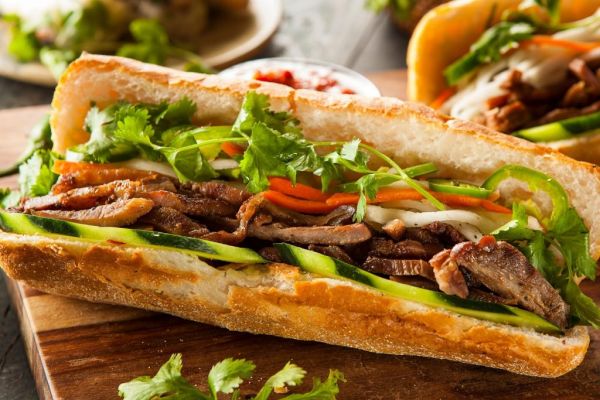
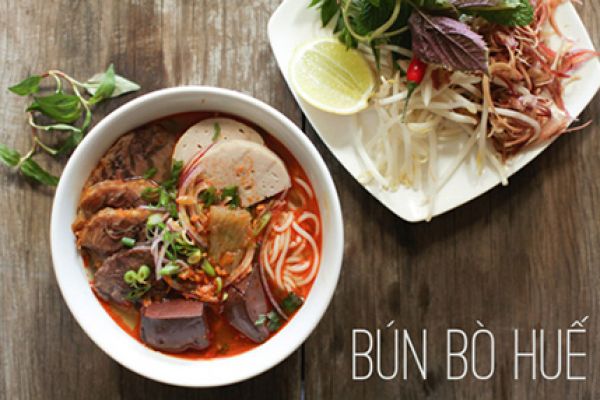

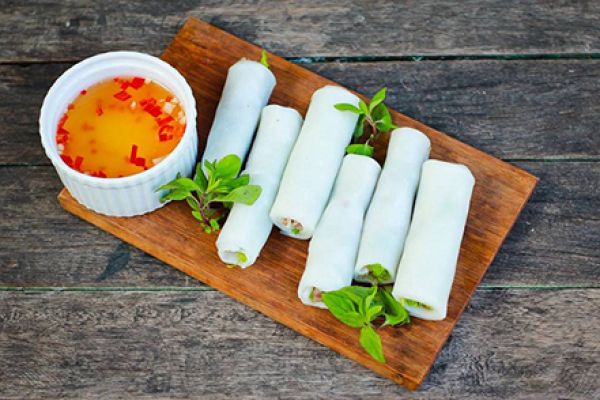
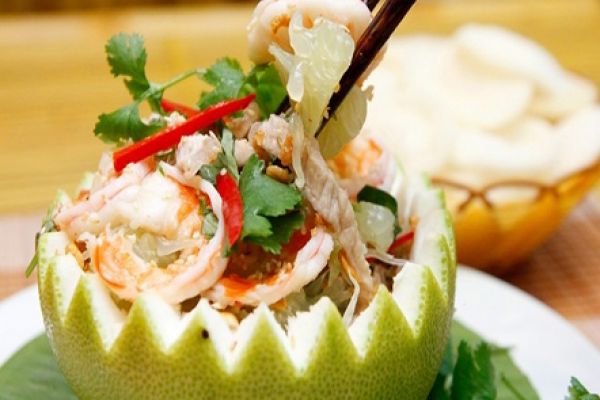
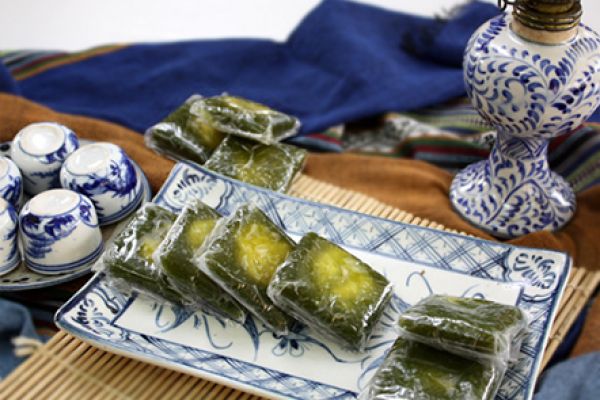
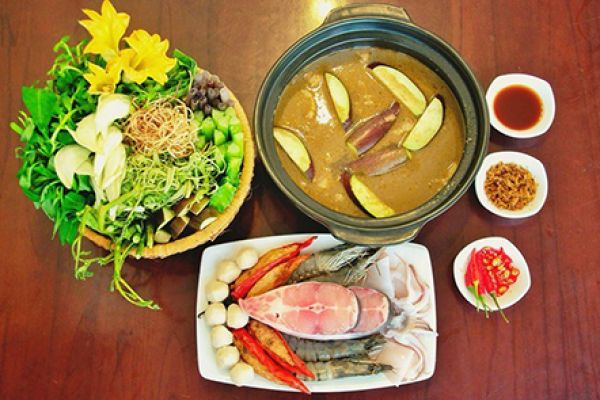
(84-63) 3 826042 – (84-63) 3 511142
No 54 Nguyen Dinh Chieu, Ham Tien Central Mui Ne Beach Binh Thuan Vietnam
523 To Hien Thanh District 10 Ho Chi Minh City Vietnam
Ha Long Halong City Quang Ninh Vietnam
A13 Hung Thong 2 Halong City Quang Ninh Vietnam




